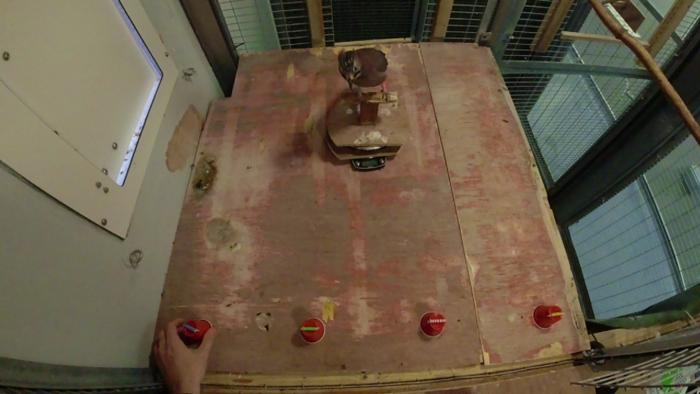Eurasian jays can remember incidental details of past events, which is characteristic of episodic memory in humans, according to a study published May 15, 2024, in the open-access journal PLOS ONE by James Davies of the University of Cambridge, UK and colleagues.

Credit: James Davies, CC-BY 4.0 (
Eurasian jays can remember incidental details of past events, which is characteristic of episodic memory in humans, according to a study published May 15, 2024, in the open-access journal PLOS ONE by James Davies of the University of Cambridge, UK and colleagues.
When remembering events, humans have the ability of “mental time travel,” consciously reimagining past experiences and potentially recalling details that seemed unimportant at the time. Some researchers have suggested that this “episodic memory” is unique to humans. In this study, Davies and colleagues ran a memory experiment to test for episodic-like memory in seven Eurasian jays, birds that excel at remembering the location of stored food.
In the experiment, the birds watched food get placed beneath one cup in a line of four identical cups and were then rewarded for correctly selecting the baited cup. Over several trials, the birds were trained to identify the correct cup by remembering its position in line. Then, at test, the jays were given an unexpected memory assessment: they watched food get placed beneath one of the cups, which now all had unique visual characteristics, but they were then separated from the cups for 10 minutes while the cups were relocated and rearranged. Despite the changed positions of the cups and the added time delay, the birds still correctly identified the baited cup according to their visual characteristics 70% of the time.
These results suggest that even though visual differences between the cups were unimportant during training, the birds were able to notice those differences at test and recall them later, similar to episodic memory in humans. This study indicates that episodic-like memory might aid jays in finding food stores, and the researchers suggest that future studies might investigate whether the birds can perform similar feats of memory in other non-food-related scenarios.
The authors add: “As the jays were able to remember details that held no specific value or relevance at the time that the memory was created, this suggests that they are able to record, recall, and access incidental information within a remembered event. This is an ability that characterises the type of human memory through which we mentally ‘relive’ past events (or episodes), known as ‘episodic’ memory.”
#####
In your coverage please use this URL to provide access to the freely available article in PLOS ONE:
Citation: Davies JR, Garcia-Pelegrin E, Clayton NS (2024) Eurasian jays (Garrulus glandarius) show episodic-like memory through the incidental encoding of information. PLoS ONE 19(5): e0301298.
Author Countries: UK, Singapore
Funding: The author(s) received no specific funding for this work.
Journal
PLoS ONE
Method of Research
Observational study
Subject of Research
Animals
Article Title
Eurasian jays (Garrulus glandarius) show episodic-like memory through the incidental encoding of information
Article Publication Date
15-May-2024
COI Statement
The authors have declared that no competing interests exist.



